Large ladle found with burial pottery in a disturbed burial of the Harappan cemetery in 1998. Shell ladles were probably used in special rituals for dispensing sacred liquids such as water or oil.
344 posts, also carried on our Facebook page, about the ancient Indus Valley civilization, including important news, research and occasional visits to museums with ancient Indus artifacts.
May 15, 2014
Scanning electron microscope photograph of jute textile feature found on a ceramic at Harappa. Very few fibers remain on artifacts from over 4,000 years ago, and this is the first evidence for jute as early as 2200-1900 BCE at Harappa. By Rita P.
May 13, 2014
The color photograph is a slightly expanded view of the same area from the same angle. The stupa is to the right outside the frame of John Marshall’s original photograph from the 1920's. The new photograph was taken by Mark Kenoyer on Dec.
May 10, 2014
A collection of photographs of the Harappan Mounds in March 2013.
Image A: A circular grey limestone slab found at Harappa and possibly dated to the post Harappan period.
May 8, 2014
A particularly beautiful tree on a terra-cotta tablet discovered at Harappa in 1995. "Growing from a low platform, this sinuous tree with short leaves may have been held sacred like the pipal tree" writes J.M. Kenoyer.
See also Pipal Leaves: Revisited.
May 6, 2014
The re-discovery of the ancient Indus Civilization actually was announced in yesterday's version of a tabloid, the pictorial weekly The Illustrated London News on September 20, 1924. "The two sites where these somewhat startling remains have been discovered
May 4, 2014
'"Pendant or medallion [from Mohenjo-daro] pictures the unicorn combined with many sacred symbols of the Indus religion. The body of the figure has a womb-shaped symbol in its belly, the same motif is elaborated to form the frame for the pendant, which is also
May 1, 2014
The modern road winds through the low-lying area between the "citadel" and "lower town." On the left is an ox or water buffalo-drawn cart and driver from Harappa, possibly a toy, but clearly representative of what was used many thousands of years ago.
Apr 29, 2014
The Indus script remains to be deciphered and we will probably never be sure until a bilingual text of some sort is found (not improbable). Until then, Asko Parpola's work on the fish sign is probably the closest to guarded approval by other major scholars.
Apr 26, 2014
One of the most evocative seals from Mohenjo-daro, depicting a deity with horned headdress and bangles on both arms, standing in a pipal (sacred fig) tree and looking down on a kneeling worshiper.
Apr 24, 2014
The rounded base was originally supported in a ring stand. The black painted geometric designs are arranged in panels with a red slip as background.
Apr 22, 2014
Major Sites and Interaction Networks of the Indus Tradition, Harappan Phase, 2600-1900 BCE, courtesy of J. M. Kenoyer. Six large Indus cities have been discovered.
Apr 19, 2014
Buildings and streets were aligned along a north-south and east-west grid with minor variations introduced as new buildings were constructed.
Apr 17, 2014
"One of the finds from the former room [13] consisted of fragments of a pierced lattice of alabaster which presumably filled the windows or ventilators at the top of the wall.
Apr 16, 2014
Drawing of the Interior of Hall 76, House XIII, VS Area [of Mohenjo-daro], one of 28 rooms in a well-preserved building.

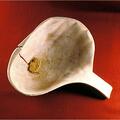
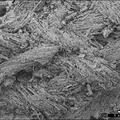
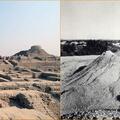
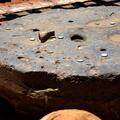
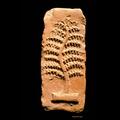
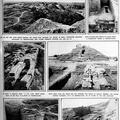
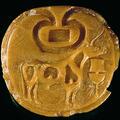
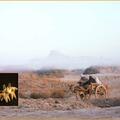
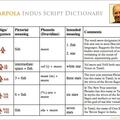
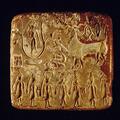
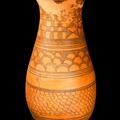
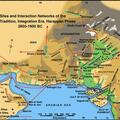
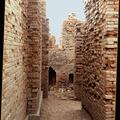
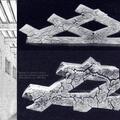
![Drawing of the Interior of Hall 76, House XIII, VS Area [Mohenjo-daro]](https://www.harappa.com/sites/default/files/styles/square_thumbnail/public/1969219_10152343696894846_81819943_n.jpg)